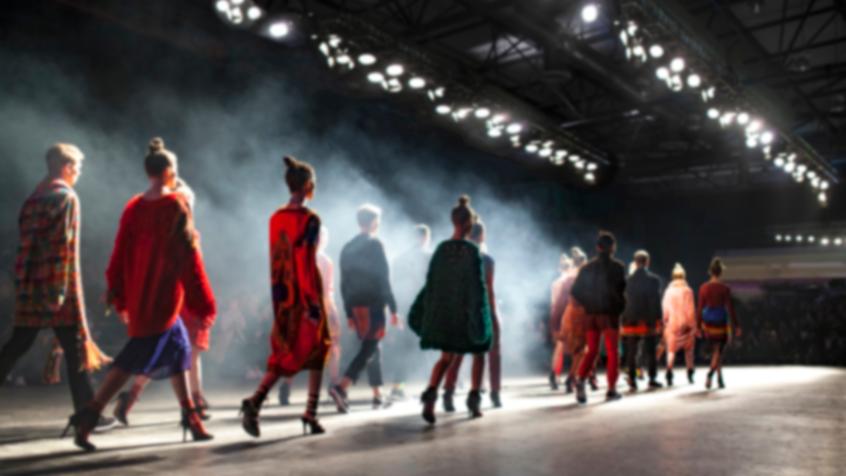How to choose between PLM vs ERP for fashion collection management
In the fast-paced fashion industry, effective collection management is key to staying competitive. Fashion brands often face the challenge of choosing between Product Lifecycle Management (PLM) and Enterprise Resource Planning (ERP) systems. Each offers unique advantages, and understanding the differences between them is essential to making the right choice.

Making the right choice
Choosing between PLM and ERP for fashion collection management is a critical decision that depends on your brand's specific needs. If your priority is to enhance the product development process, PLM may be the best fit. However, if you require robust order processing and inventory management, ERP might be more suitable.
Ultimately, integrating both systems can offer a comprehensive solution. By understanding the distinct functionalities of PLM and ERP, fashion brands can optimize their collection management and thrive in the competitive market. The right technology empowers your brand to grow, adapt, and meet evolving industry demands.
Understanding PLM and ERP
PLM systems are purpose-built to manage the entire product development process. They help fashion brands streamline the journey from concept to production. Key features include the creation of tech packs, which outline product specifications such as materials, dimensions, and production timelines. This enables designers to reduce errors and maintain quality throughout development.
In contrast, ERP systems focus on resource planning and the integration of various business functions. They manage order processing, inventory, and financial operations. ERP provides a comprehensive view of the supply chain, allowing fashion brands to meet demand efficiently and effectively.
The role of PLM in fashion collection management
When considering PLM, it’s important to understand its impact on enhancing the product development process. PLM systems enable seamless collaboration between designers, product developers, and suppliers, offering real-time visibility into inventory levels and production schedules. By managing bills of materials (BOMs) and tracking samples, PLM helps minimize errors during development.
For fashion designers, PLM is especially valuable. It allows them to focus on creativity while ensuring every detail is accurately captured. This streamlined process strengthens a brand's ability to launch new products quickly—crucial in today’s competitive fashion landscape.
Kubix Link PLM
The importance of ERP in fashion collection management
On the other hand, ERP systems excel at managing business operations. They offer robust inventory management capabilities, enabling brands to monitor stock levels in real time. This visibility helps prevent stockouts and overstocking, both of which can negatively impact customer satisfaction.
With ERP, fashion brands can streamline order processing and enhance overall efficiency. By integrating various departments, ERP ensures that all business functions operate cohesively. This level of integration is vital for reducing time to market—especially in the fast-paced, ever-evolving fashion industry.
Combining PLM and ERP for optimal results
Many fashion brands find that using both PLM and ERP systems is the most effective approach. This combination allows brands to capitalize on the strengths of each—PLM enhances the design and development phases, while ERP optimizes supply chain management and financial operations. Together, they create a more cohesive workflow, reducing errors and boosting overall efficiency.
With access to comprehensive data from both systems, brands can make informed decisions that drive smarter, more streamlined operations across the fashion business.
Latest Resources









